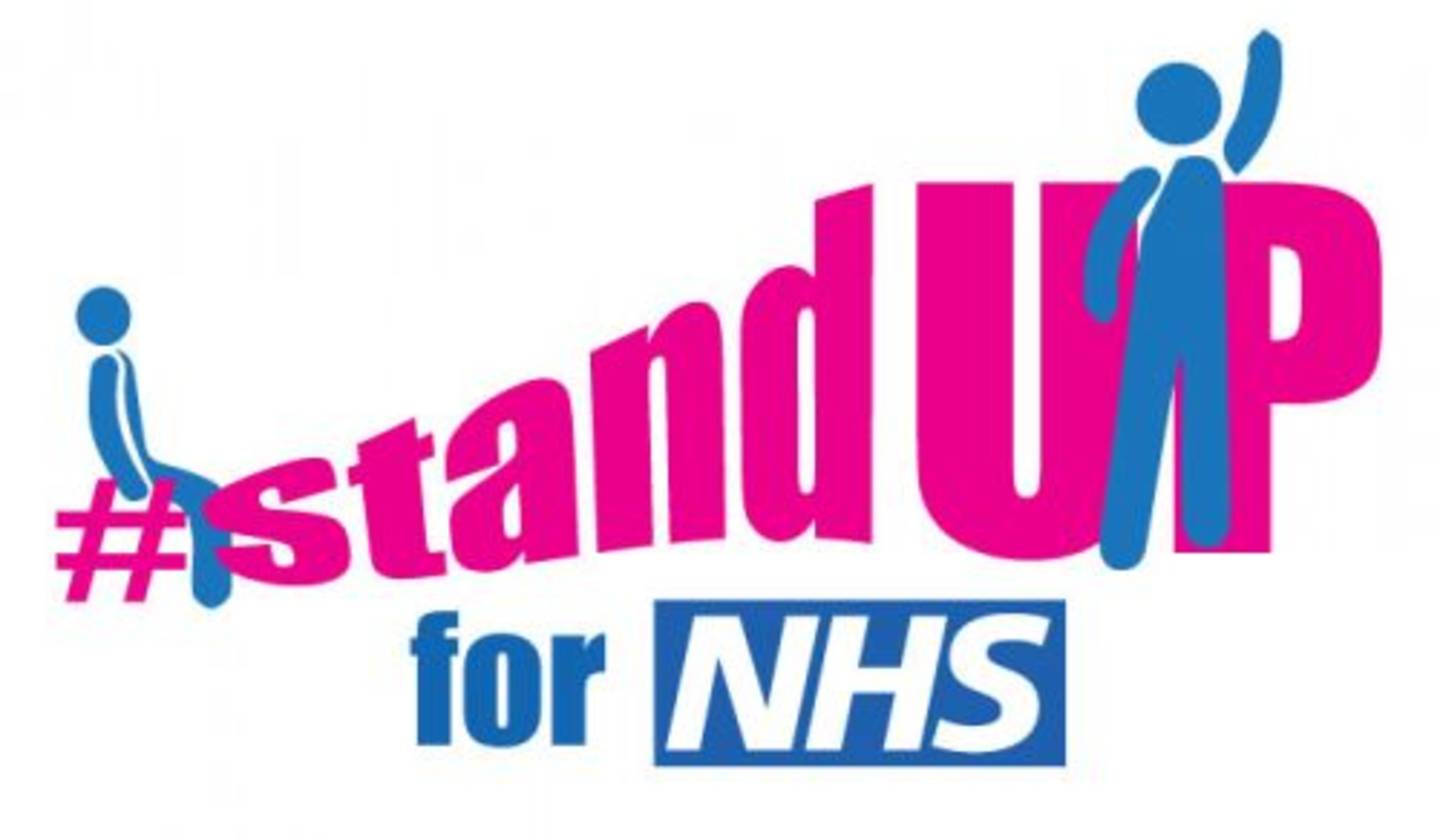Health feature: Julie Robinson – Move it or Lose it
Last year saw the release of our enabling healthcare professionals video in partnership with Public Health England. Since then, we have interviewed many key health sector leaders on their approaches to supporting more disabled people to be active. Today, we hear from Julie Robinson, CEO of Move it or Lose it, that’s keeping thousands of older people active – even in lockdown.

 Tell us about Move it or Lose it and how you support disabled people and people with long-term health conditions?
Tell us about Move it or Lose it and how you support disabled people and people with long-term health conditions?
We have tens of thousands of older people with long-term health conditions or impairments who usually attend our Move it or Lose it classes. These take place in community and care settings across the UK. The classes go through seated and standing exercises for flexibility, aerobics, balance and strength. There’s also time to chat and socialise too. There’s always a welcoming, friendly atmosphere and everyone works at their own pace. We support our weekly workouts with resources to help everyone exercise at home too. This includes DVDs, books and exercise sheets.
In what ways have you adapted your approach to reach the most socially isolated individuals while in lockdown?
We have put together a support pack with a wide range of resources to help everyone whether they are online or not. For those online we have a free Facebook Live class every weekday at 2:30pm. We also have a new exercise video subscription club and lots of exercises on our YouTube channel such as the Cuppa Routine. These are four simple exercises you can do in the time it takes to boil a kettle.
For those who are not online we have a range of DVDs, resistance bands and our Stay Fit for Life book. We also have print versions of how to do the Cuppa Routine and Sit-to-Stand challenge.
Tell us more about your national campaign ‘Stand up for the NHS’ and what it aims to do?
This is a really simple way to maintain lower limb strength for mobility, better balance and independence. The aim is to get everyone to do the 30 seconds sit to stand challenge, then track and improve their score.
Research has shown that those who improve their score by 25% can drop a decade in terms of leg strength. We want to get the nation doing this every day and challenge their friends to join in. Our goal is to then support them to stay active with lots of simple exercises they can do at home.
Read more on the Stand up for the NHS campaign.
How important is it to keep the nation moving during this time and why?
It’s vital to keep the nation moving as deconditioning and reduced health span presents a real and serious problem. This could lead to a pandemic of a different kind around deconditioning.
With so many people, especially those with long-term health conditions and impairments, unable to get out and about, there is a risk of sarcopenia (loss of muscle mass and strength). This presents a real problem for the individuals losing their ability to do everyday activities. And consequently, for the health and social care sector in being overwhelmed in months to come.
What health challenges do you think the older population will face after COVID-19?
Staying active and socialising are vital for healthy ageing. After months of low activity levels, coupled with isolation, the older population will be at increased risk of many diseases. This includes depression, dementia, heart disease, stroke and osteoporosis.
Regular activity is also vital for a robust immune system. So those who are now less active may well be at higher risk of everyday illnesses such as coughs and colds.
I know from experience how many people lose their confidence following a period of illness, after a fall or bereavement. I fear that many older people will lack the confidence to go out into group settings even after lockdown is lifted.
As well as the health of individuals, the health sector will also face even more challenges coming out of this period. What changes do you feel need to be adopted by the health and sport sector to encourage the most socially isolated people to be active?
One quick fix would be to ensure there’s a daily exercise session on TV which is accessible to all. This is especially important for those who are not online. This needs to be targeted at those who can’t join in with typical fitness sessions and include seated exercises with motivational music. This offers a great opportunity to inspire others with real-life role models overcoming hurdles and showing how activity can be part of our daily life.
It would be great to see pop-up taster sessions in places at GP surgeries, supermarkets or in the empty shops on the high street. This would help to overcome barriers, make it accessible and encourage people to join a regular class. This then becomes a stepping-stone to try other activities and groups.